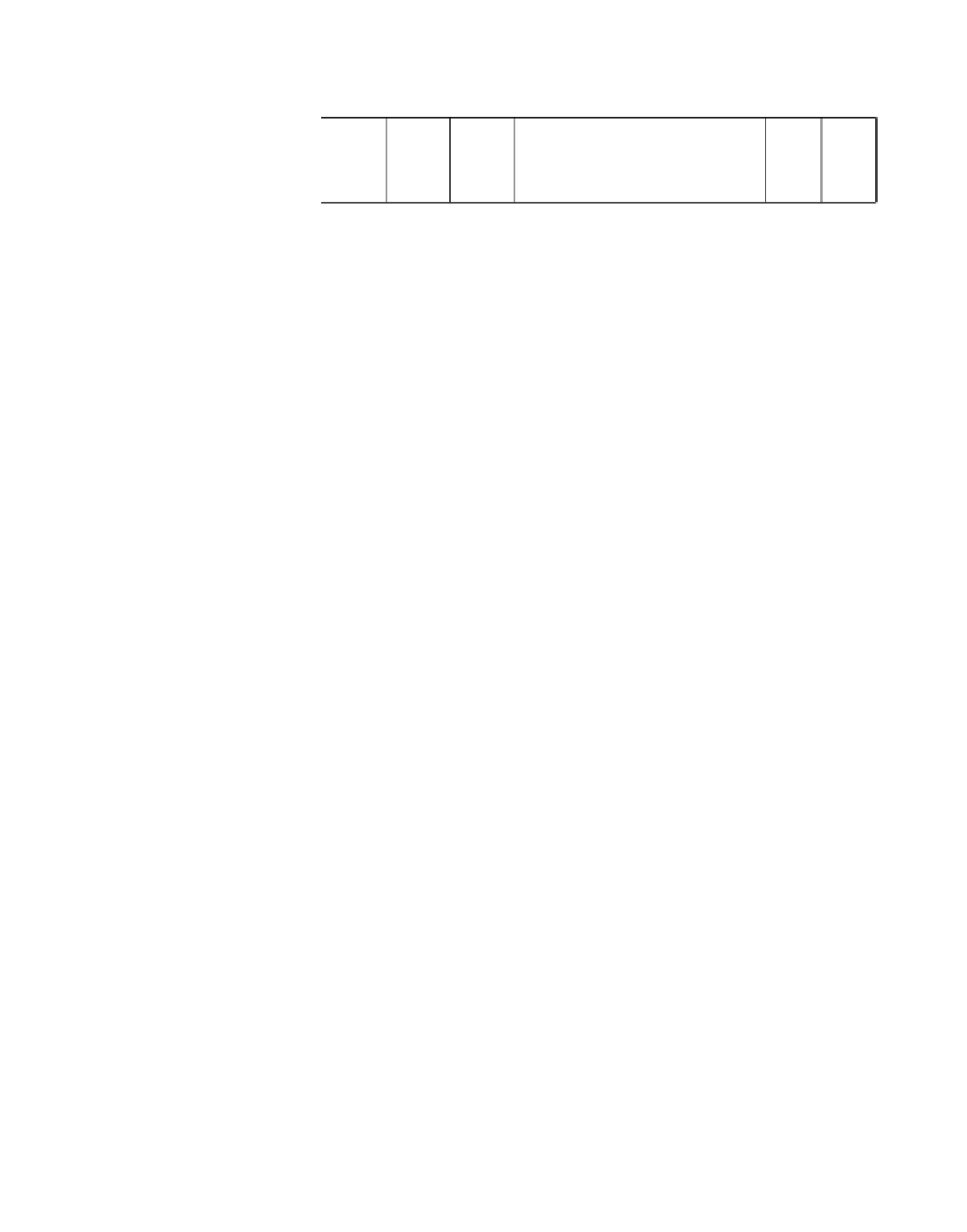Information Technology Reference
In-Depth Information
Figure19-5 The LAPB Frame
Field length,
in bytes
1
1
1
Variable
2
1
Flag
Address
Control
Data
FCS
Flag
The fields of an LAPB frame are as follows:
•
Flag
—Delimits the LAPB frame. Bit stuffing is used to ensure that the flag pattern does not occur
within the body of the frame.
•
Address
—Indicates whether the frame carries a command or a response.
•
Control
—Provides further qualifications of command and response frames, and also indicates the
frame format (I, S, or U), frame function (for example, receiver ready or disconnect), and the
send/receive sequence number.
•
Data
—Carries upper-layer data. Its size and format vary, depending on the Layer 3 packet type. The
maximum length of this field is set by agreement between a PSN administrator and the subscriber
at subscription time.
•
FCS
—Ensures the integrity of the transmitted data.
Layer 1
Layer 1 X.25 uses the X.21 bis physical layer protocol, which is roughly equivalent to EIA/TIA-232-C
(formerly RS-232-C). X.21 bis was derived from ITU-T Recommendations V.24 and V.28, which
identify the interchange circuits and electrical characteristics, respectively, of a DTE-to-DCE interface.
X.21 bis supports point-to-point connections, speeds up to 19.2 kbps, and synchronous, full-duplex
transmission over four-wire media. The maximum distance between DTE and DCE is 15 meters.
Troubleshooting X.25
This section presents troubleshooting information relating to X.25 connectivity. The “Using the
show
interfaces serial
Command” section discusses the use of the
show interfaces serial
command in an
X.25 environment and describes some of the key fields of the command output.
The remaining sections describe specific X.25 symptoms, the problems that are likely to cause each
symptom, and the solutions to those problems.
Using the show interfaces serial Command
This section describes the information provided by the
show interfaces serial
exec command in an X.25
environment. For additional information about the output of the
show interfaces serial
exec command,
refer to Chapter 15, “Troubleshooting Serial Lines,” and the Cisco IOS
Configuration Fundamentals
Command Reference.
The
show interfaces serial
command provides important information useful for identifying problems in
X.25 internetworks. The following fields provide especially important information:
•
REJs
—Number of rejects







